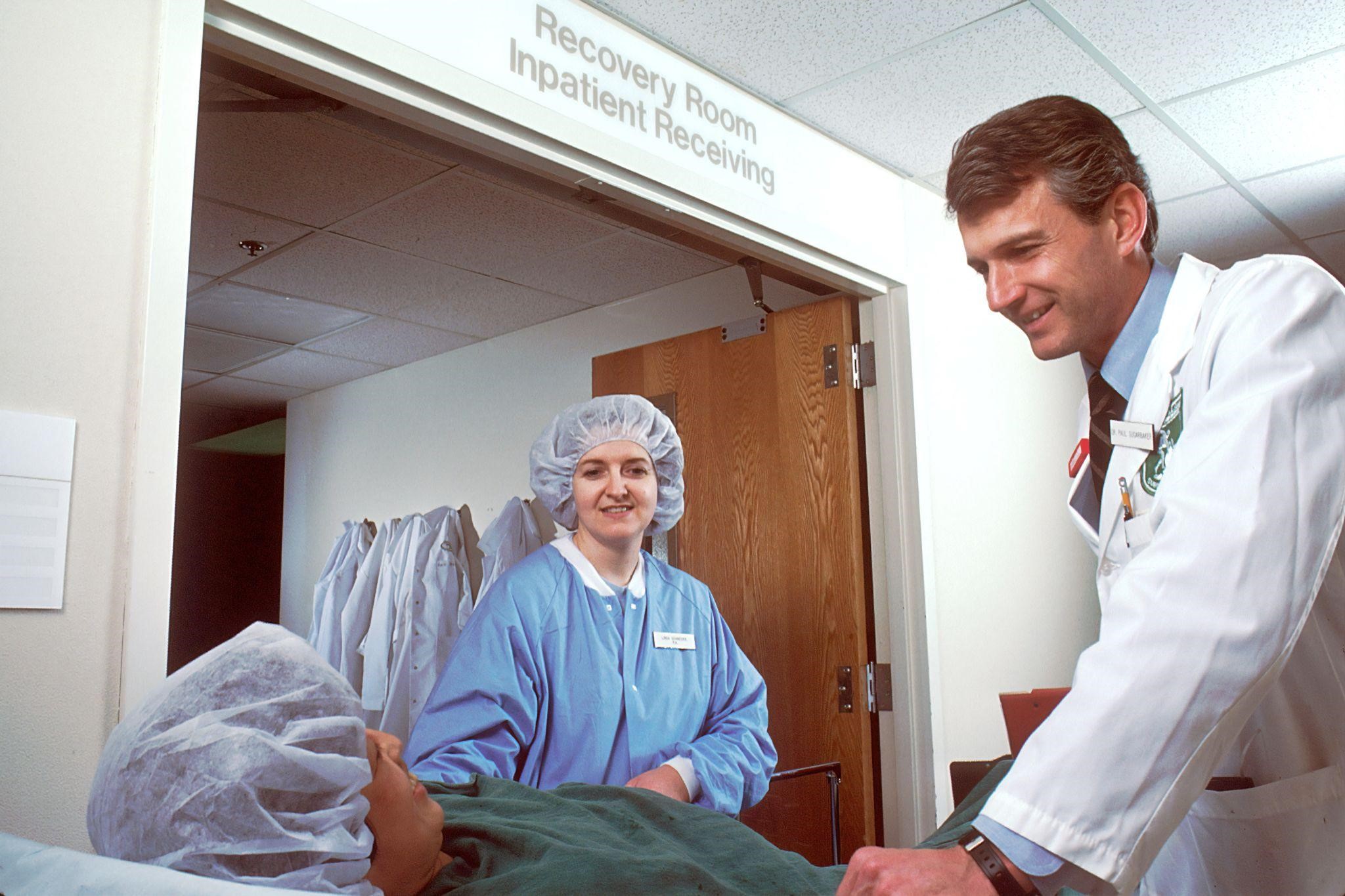How Much Does Stem Cell Therapy Cost In California?
You could say that stem cells are the basis of all life. They play an essential role in the body, ensuring good health, speedy wound recovery, and a high standard of living. Transplants of bone marrow are just one medical application for these cells.
Stem cell therapies are becoming increasingly popular among medical professionals due to stem cell research demonstrating their benefit in treating many chronic diseases and medical conditions.
Stem cell therapy can be administered in infusion centers like Total Stem Cell San Diego or at the patient’s home. The cost of stem cell therapy may be affected because some clinics offer posh spa treatments as an add-on.
As the name implies, at-home treatments take place in your home, away from prying eyes and uncomfortable surroundings. Thus, you were considering receiving treatment in the comfort of your own home to avoid wasting time and resources on travel to and from an IV bar.
A trained medical professional will administer your IV therapy regardless of whether you go to a clinic or have it done at home.
Stem cells are undeveloped cells with the potential to mature into a wide range of different cell types, which can then be used to repair and replace damaged tissue. Stem cell therapy is an alternative medicine that has shown promise in treating various aging-related conditions, including pain, inflammation, fatigue, and mental decline.
About 30 million anti-inflammatory and regenerative Mesenchymal Stem Cells (MSCs) will be injected intravenously during stem cell therapy. The cells migrate to the damaged areas and enlist the help of nearby residents in the repair process.
How Much Does It Cost?
Multiple businesses, such as Total Stem Cell San Diego, offer stem cell therapies. In recent years, stem cell therapies have exploded in popularity as people seek cutting-edge, nontraditional cures for various illnesses. People worldwide are increasingly turning to newly introduced medicines rather than sticking to tried-and-true methods like taking medication or going to the doctor.
Despite this astronomical increase in interest, research into stem cell therapies continues to be prohibitively expensive. Costs for even relatively straightforward procedures, such as joint injections, can approach $5,000. More complex treatments, however, can easily exceed $100,000.
The price of stem cell treatment for knee injuries may vary from that used to treat chronic obstructive pulmonary disease (Chronic Obstructive Pulmonary Disease). The necessity for different cell types, cell counts, and treatment protocols means that costs will differ depending on the area and problem being addressed. For instance, a successful stem cell therapy for multiple sclerosis will have a much higher price tag than a site injection for regional anesthesia.
Why Is It Expensive?
The short answer is that stem cell research and treatment are still in their infancy, and neither the general public nor insurance companies have fully embraced them. Older laws in the United States also place additional limitations on the region.
Due to this, the best clinics providing these services are typically found in other countries. There are few places to obtain stem cells, laboratories that can process stem cells, or stem cells themselves. The issue is the same as expensive food or clothing: lack of availability and high production costs.
Getting ready for treatment is an essential factor in the overall price. First, companies will pay hospitals for cord tissue donations or have doctors remove fat tissue or bone marrow to obtain stem cells. After collection, the cells are sent to private companies operating expansion facilities for stem cells.
The FDA places stringent regulations on these labs and employs highly trained personnel. The cells are stored in liquid nitrogen and delivered overnight to a stem cell clinic worldwide. There are doctors, nurses, and support staff at these clinics, and they all impact the care patients receive.
Everything from advertising and supply chain management to clinical practice is included. Significant time and labor costs are involved at every stage of this process before treatment is administered to the patient.

